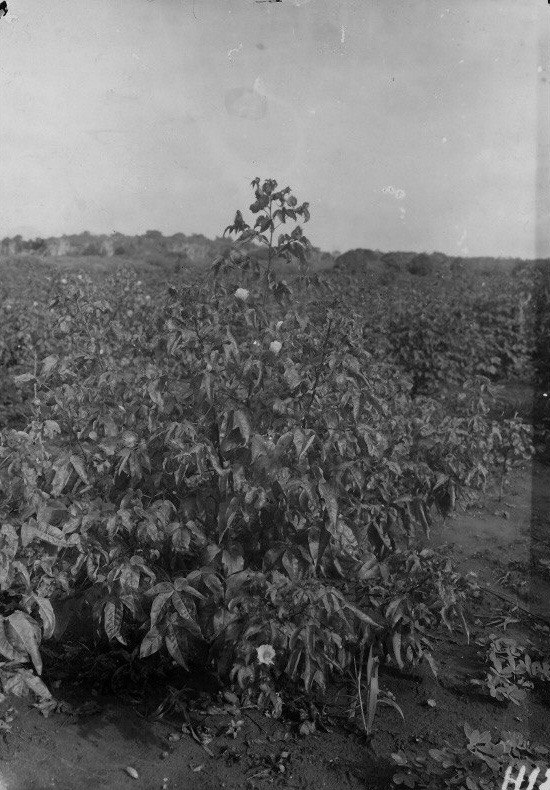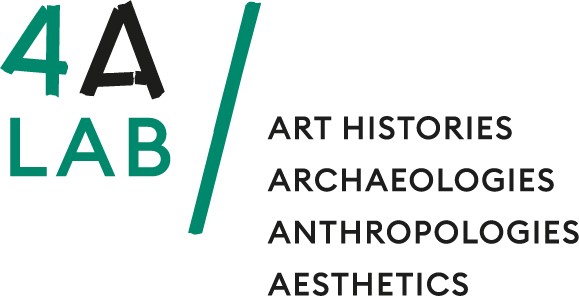Field Notes, Photographs, Plants
Cotton Plants as Far as the Eye Can See. Mitwero, Tanzania, 1908
Hanin Hannouch unpacks the hidden (hi)stories behind the black and white photograph Mitwero: Baumwolle (EN: Mitwero: cotton), part of the Robert Lohmeyer collection at the Ethnologisches Museum Berlin.
14.11.2020

The black and white photograph Mitwero: Baumwolle (EN: Mitwero: cotton) was taken by photo-chemist and color photographer Dr. Robert Lohmeyer (1879–1959), whose archives are housed at the Ethnologisches Museum in Berlin. The photograph in question dates back to 1908, the year of Lohmeyer’s first trip to the African continent; on that occasion, he mainly took color photographs destined for a book on German colonies in Africa, titled Die Deutschen Kolonien (“The German Colonies”), released in 1909 and 1910. Although Lohmeyer’s landscape photography depicts several types of plants and landscapes, cotton features predominantly in his work. In fact, it was cotton that largely determined the colonial and import policy of the Kaiserreich.
What can an image of a cotton plantation in Mitwero, a site in today’s Tanzania, tell us?
Photography, whose popularization paralleled the unfolding of the colonial enterprise, served to document and map the violently expanding territory of the empire. However, by shifting the focus away from photographic technology to the object under the camera lens—cotton—and the image date, we can tell a dual story. In 1907, German textile magnates founded cotton plantations in German East Africa with the support of the Kolonialwirtschaftliches Komittee (“Colonial Economic Committee”). Relying on notions of scientific forestry, colonial botany, racial theory, and forced labor, they hoped to overcome their dependence on foreign (mainly British and American) exports.
Yet, this is only one side of the coin. This image was taken a year after the Maji Maji Rebellion (1902–1907), when the inhabitants of what is today Tanzania burned down the cotton fields where they were forced to work. Their instigation of an armed conflict that German forces needed years to subdue bespeaks a narrative of resistance to the harvesting of cotton.
Hence, cotton and its history open up a reading of the photograph against the grain, which is essential to understand, and at the same time complicates, the violence implied in the image: it speaks of both the translation of other people’s spaces into one’s own resources (evident in the equation of “Mitwero” with “cotton” in the photo title), and, on the other hand, a local assertion of agency and the interruption of this translation through rebellion against the plantation system.
